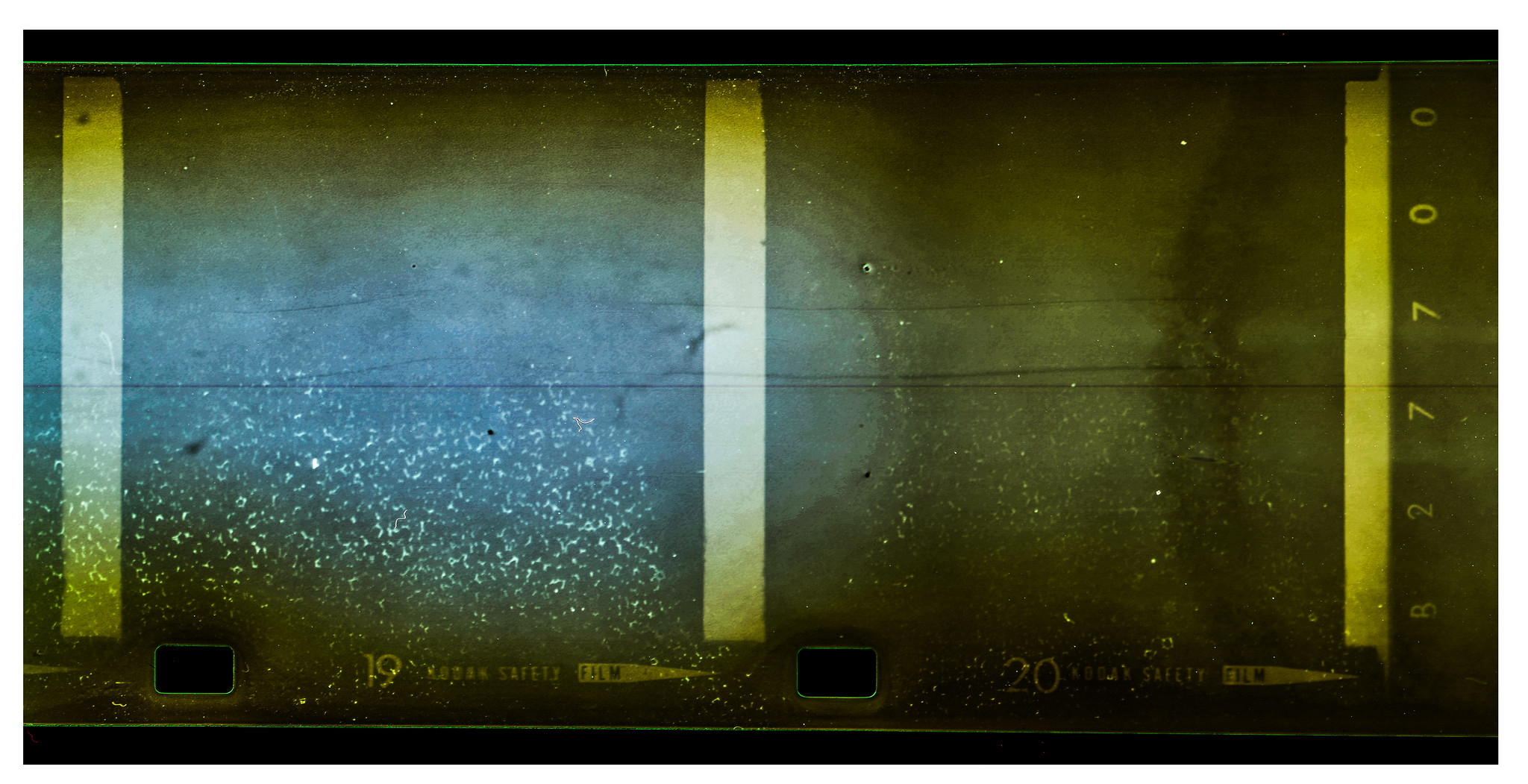Camera trap set up to snare Nessie is discovered after more than 50 years
The camera was found to be in good condition and an engineer was able to develop the film.

A robotic submersible undergoing engineering trials in Loch Ness has discovered a camera trap left by Nessie hunters more than half a century ago.
The camera, which is thought to be one of the earliest attempts to catch the Loch Ness monster on film, was found about 180 metres deep in the water during trials of the National Oceanography Centre (NOC) Autosub vessel.
It is believed to be one of six cameras placed there in 1970 by Professor Roy Mackal of the Loch Ness Investigation Bureau and the University of Chicago, three of which were lost in a gale in the same year.
The camera was encased in clear plastic waterproof housing and was found to be in good condition, and an NOC engineer was able to develop the film.
However, the loch’s most famous inhabitant does not seem to have made an appearance.
Adrian Shine, who founded the Loch Ness Project in the mid-1970s, helped to identify the camera as one of those placed in the water by Professor Mackal.
“It was an ingenious camera trap consisting of a clockwork Instamatic camera with an inbuilt flash cube, enabling four pictures to be taken when a bait line was taken,” Mr Shine explained.
“It is remarkable that the housing has kept the camera dry for the past 55 years, lying around 180 metres deep in Loch Ness.”
The Autosub vehicle – popularly known as Boaty McBoatface – made the discovery when part of the mooring that was holding the camera system in place got caught on its propellor.
The NOC has been testing its underwater robotics, including running multi-day, 24-hour, endurance tests, in Loch Ness for more than a decade.
Sam Smith, of NOC’s marine autonomous robotics systems (Mars) group, said: “At 230 metres deep, Loch Ness is an ideal location to test our robotics, their sensors and systems, before they’re deployed in the deep ocean to help answer the big questions we have.

“While this wasn’t a find we expected to make, we’re happy that this piece of Nessie-hunting history can be shared and perhaps at least the mystery of who left it in the loch can be solved.”
The film, camera and its housing have been handed to the Loch Ness Centre in Drumnadrochit to allow it to be put on display as a part of the loch’s Nessie-hunting history.
Nagina Ishaq, the centre’s manager, said she hoped people would be inspired by what could be hidden in the loch.
“It’s been over 90 years since the first sighting of Nessie, since then there have been many expeditions to find the elusive beast,” she said.
“We are guardians of this unique story and, as well as investing in creating an unforgettable experience for visitors, we are committed to helping continue the search and unveil the mysteries that lie underneath the waters of the famous loch.
“We want to say a big thank to NOC for handing over the film and camera, that we believe has been hidden for over 50 years, for everyone to come and discover and be inspired by what could be hidden in the mysterious loch.”
NOC’s latest robotics trials in the loch involve testing two Autosub vehicles, one used for mapping seabed habitats and another used for long-range, autonomous operations.
These vehicles can go down to as deep as 6,000m water depth, collecting a wide range of ocean data that it would be “extremely difficult” to get in any other way.
Mr Smith added: “With our robots we’re also helping to map and monitor marine life to understand how our actions, such as offshore renewable energy development, fishing and deep-sea mining change habitats and ecosystems.
“So the work we do here, developing the technology to help us better understand the ocean, is critical”.





